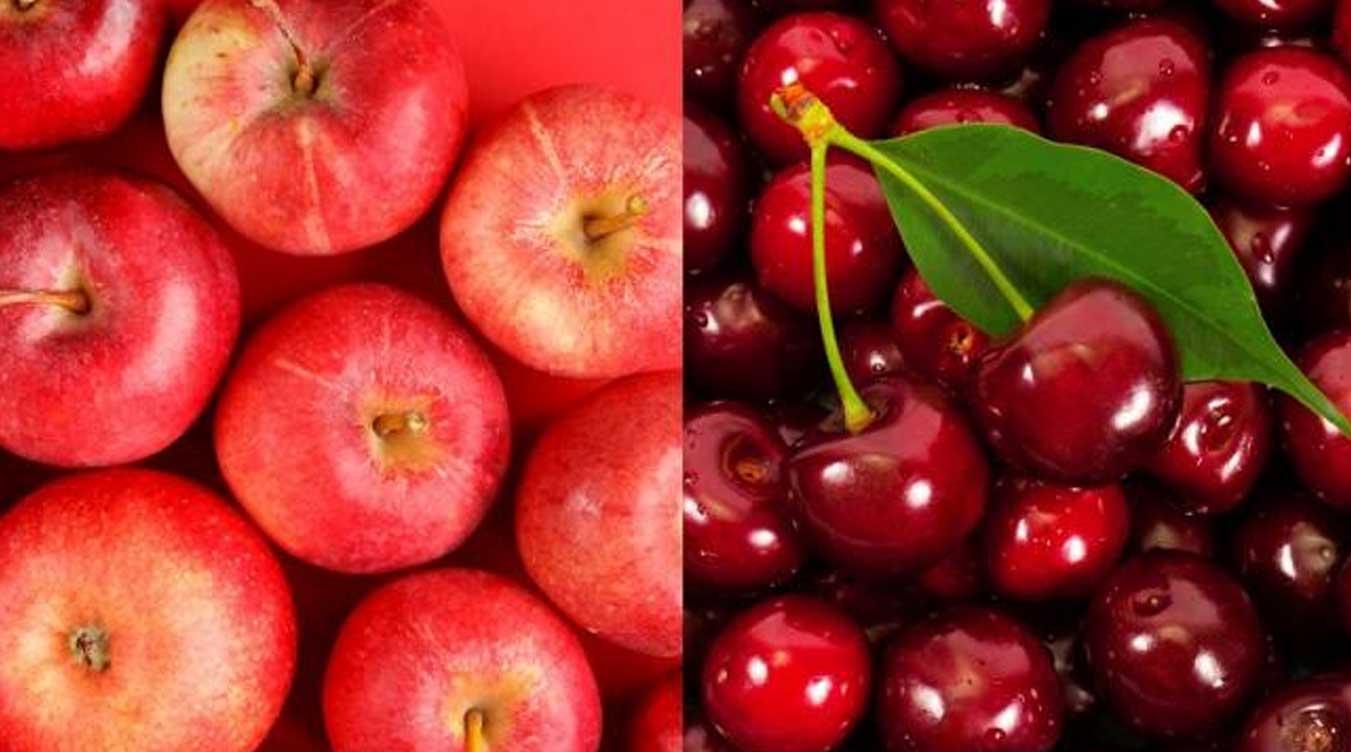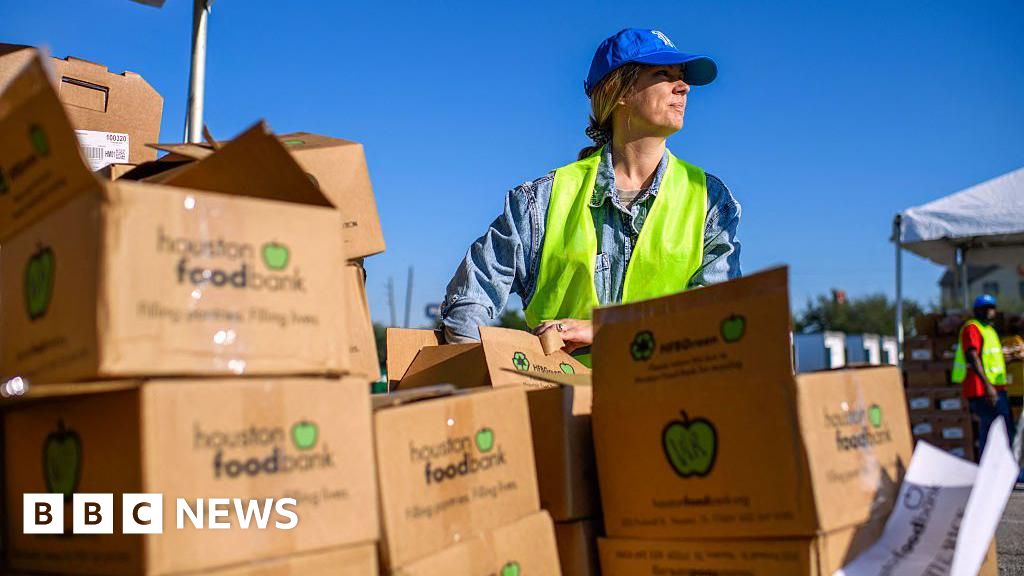HSBC Philippines to fund series of smallholder cooperatives – Fruitnet

Report on a Collaborative Initiative for Climate-Resilient Agriculture and Sustainable Development
1.0 Introduction and Project Overview
HSBC Philippines has initiated a philanthropic funding project to develop agricultural cooperative-based models. This initiative is designed to support smallholder farmers in adapting to climate change while scaling sustainable food production. The project represents a strategic partnership between the financial sector, a development group, and an agritech leader, directly addressing several United Nations Sustainable Development Goals (SDGs).
- Primary Funder: HSBC Philippines
- Implementing Partners:
- Bayan Family of Foundations
- Mayani (Philippine Agritech Leader)
2.0 Strategic Alignment with Sustainable Development Goals (SDGs)
The project is explicitly aligned with key SDGs, aiming to create investable rural food supply chains and foster comprehensive development. The core focus is on empowering communities most vulnerable to systemic challenges.
- SDG 2: Zero Hunger: The initiative directly targets the enhancement of food security in the Philippines. By supporting smallholders, who produce over 70% of the nation’s food supply, the project aims to scale sustainable food production and build resilient food systems.
- SDG 13: Climate Action: A central objective is to build capacity for climate-smart agriculture. The project will equip farmers and fishermen with climate-resilient practices and regenerative agricultural techniques to mitigate and adapt to the adverse effects of climate change.
- SDG 10: Reduced Inequalities: The project focuses on smallholder growers, identified as the demographic most vulnerable to climate change yet least equipped to adapt. This targeted support aims to reduce economic and social disparities.
3.0 Project Components and Implementation Strategy
The implementation strategy integrates modern technology with traditional knowledge to ensure sustainable and replicable outcomes. The project is founded on five key pillars:
- Incorporation of regenerative agricultural practices.
- Utilization of indigenous knowledge.
- Promotion of strong cooperative governance.
- Adoption of smallholder-centric digital tools.
- Emphasis on market readiness for agricultural products.
3.1 Infrastructure and Innovation for SDG 9
To drive long-term impact and contribute to SDG 9 (Industry, Innovation, and Infrastructure), the project’s primary capital expenditure is allocated to on-farm infrastructure improvements. This includes:
- Smart greenhouses
- Precision agriculture systems
Furthermore, the project underpins the creation of a cooperative development manual to ensure the model’s replicability and scalability, fostering innovation in the agricultural sector.
3.2 Partnership and Cooperative Mobilization for SDG 17
This initiative exemplifies SDG 17 (Partnerships for the Goals) by uniting diverse entities—a financial institution, a development foundation, and an agritech company—for a common objective. The project leverages the cooperative model as a vehicle for community empowerment and economic upliftment, mobilizing thousands of agricultural cooperatives to serve as agents of climate adaptation and social progress.
4.0 Development Roadmap and Future Scope
The project follows a phased development roadmap designed for targeted impact and strategic expansion.
- 2024-2025: Initial implementation will target key vulnerable food corridors in Luzon and Visayas.
- 2026 and beyond: The focus will expand to include smallholders in the Bangsamoro Autonomous Region in Muslim Mindanao (BARMM), a region with rich natural ecosystems and significant development needs.
Analysis of Sustainable Development Goals (SDGs) in the Article
1. Which SDGs are addressed or connected to the issues highlighted in the article?
-
SDG 1: No Poverty
- The project aims for the “upliftment of its members’ lives as its primary objective through its entrepreneurial pursuits.” By strengthening the businesses of smallholder farmers, who are often in vulnerable economic situations, the project directly contributes to poverty reduction.
-
SDG 2: Zero Hunger
- The article explicitly states the project aligns with “UN Sustainable Development Goals 2 (No Hunger).” The project’s goals are to “support smallholder growers… while scaling sustainable food production” and to “contribute towards the improvement of food security in the Philippines.”
-
SDG 8: Decent Work and Economic Growth
- The initiative supports “entrepreneurial pursuits” through agricultural cooperatives. By strengthening these smallholder businesses and providing them with digital tools and market access, the project promotes productive activities and economic growth for a key sector of the population.
-
SDG 10: Reduced Inequalities
- This goal is explicitly mentioned in the article. The project targets “smallholders,” who are described as “the most vulnerable to climate change, and yet they are the least capable of adapting to it.” By providing them with funding, technology, and capacity building, the project aims to reduce this inequality and vulnerability.
-
SDG 13: Climate Action
- Although the article incorrectly cites this as SDG 12, the content is clearly about Climate Action. The project’s core purpose is to help “smallholder growers adapt to the changing climate” by funding “climate-smart agriculture capacity building” and supporting the adoption of “climate-resilient practices.”
-
SDG 17: Partnerships for the Goals
- The entire initiative is a multi-stakeholder partnership. The article details the collaboration between HSBC Philippines (a financial institution), Bayan Family of Foundations (a development sector group), and Mayani (an agritech leader) to achieve common development goals.
2. What specific targets under those SDGs can be identified based on the article’s content?
-
Target 1.5: Build resilience of the poor and vulnerable to climate-related extreme events.
- The project directly addresses this target by helping smallholder farmers, a vulnerable group, to “adapt to the changing climate” and adopt “climate-resilient practices” to cope with climate hazards.
-
Target 2.3: Double the agricultural productivity and incomes of small-scale food producers.
- The project supports “smallholder growers” by providing “smallholder-centric digital tools,” promoting “market readiness,” and strengthening their businesses through cooperatives, all of which are aimed at improving their productivity and economic standing.
-
Target 2.4: Ensure sustainable food production systems and implement resilient agricultural practices.
- The project is designed to “incorporate regenerative agricultural practices” and “climate-smart agriculture” to help farmers “adapt climate-resilient practices,” which directly aligns with creating sustainable and resilient food production systems.
-
Target 13.1: Strengthen resilience and adaptive capacity to climate-related hazards.
- The central theme of the project is to “support local farmers and fishermen to adapt climate-resilient practices” and build their capacity to deal with the “sheer gravity and frequency of these climate hazards.”
-
Target 17.17: Encourage and promote effective public, public-private and civil society partnerships.
- The project itself is a clear example of this target, being a partnership between a private company (HSBC), a civil society/development group (Bayan Family of Foundations), and an agritech leader (Mayani).
3. Are there any indicators mentioned or implied in the article that can be used to measure progress towards the identified targets?
-
Development of cooperative-based models
- The article states that HSBC will “fund the development of a series of agricultural cooperative-based models.” The number and effectiveness of these models are a direct indicator of project output.
-
Installation of on-farm infrastructure
- Progress can be measured by the implementation of the project’s “primary capital expenditure,” which includes the installation of “smart greenhouses and precision agriculture systems.”
-
Creation of a cooperative development manual
- A specific deliverable mentioned is the “creation of a cooperative development manual to ensure replicability.” The completion and dissemination of this manual is a measurable indicator.
-
Number of farmers and fishermen supported
- The project aims to “support local farmers and fishermen.” The total number of smallholders who receive capacity building and support is a key performance indicator.
-
Geographical expansion of the project
- The article outlines a clear “development roadmap” that can be tracked: targeting “key vulnerable food corridors in Luzon and Visayas this year” and expanding to the “Bangsamoro Autonomous Region in Muslim Mindanao” in 2026.
4. Table of SDGs, Targets, and Indicators
| SDGs | Targets | Indicators |
|---|---|---|
| SDG 1: No Poverty | 1.5: Build resilience of the poor and vulnerable to climate-related extreme events. |
|
| SDG 2: Zero Hunger |
2.3: Double the agricultural productivity and incomes of small-scale food producers.
2.4: Ensure sustainable food production systems and implement resilient agricultural practices. |
|
| SDG 10: Reduced Inequalities | 10.2: Empower and promote the social, economic and political inclusion of all. |
|
| SDG 13: Climate Action | 13.1: Strengthen resilience and adaptive capacity to climate-related hazards. |
|
| SDG 17: Partnerships for the Goals | 17.17: Encourage and promote effective public, public-private and civil society partnerships. |
|
Source: fruitnet.com

What is Your Reaction?
 Like
0
Like
0
 Dislike
0
Dislike
0
 Love
0
Love
0
 Funny
0
Funny
0
 Angry
0
Angry
0
 Sad
0
Sad
0
 Wow
0
Wow
0












































































